- Understanding Seedlings for Nappies
- What are Seedlings?
- Characteristics of Seedlings
- Types of Seedlings
- Choosing the Right Seedlings
- Selecting the Right Seedlings
- Species
- Age
- Health
- Roots
- Container
- Source
- Evaluating Seedling Quality
- 1. Size
- 2. Stem Strength
- 3. Leaf Color
- 4. Pest and Disease Resistance
- 5. Root System
- 6. Overall Condition
- 7. Nursery Reputation
- Factors to Consider in Seedling Selection
- 1. Variety
- 2. Root Health
- 3. Leaf Condition
- 4. Size and Vigor
- 5. Supplier Reputation
- 6. Environmental Adaptability
- 7. Price
- 8. Packaging and Transportation
- Tips for Buying Seedlings
- Caring for Seedlings in Nappies
- 1. Watering
- 2. Fertilizing
- 3. Sunlight
- 4. Temperature and Humidity
- 5. Pest Control
- 6. Transplanting
- Questions and Answers:
- Can you tell me how to choose seedlings in nappies?
- What are the signs of a healthy seedling in a nappy?
- Why is it important to choose seedlings with well-developed roots?
- What should I do if the seedling has root-bound roots?
- Why is it better to choose smaller seedlings?
- Can I choose seedlings that are large and leggy?
- Videos: How To Start Vegetable Seeds – The Definitive Guide For Beginners
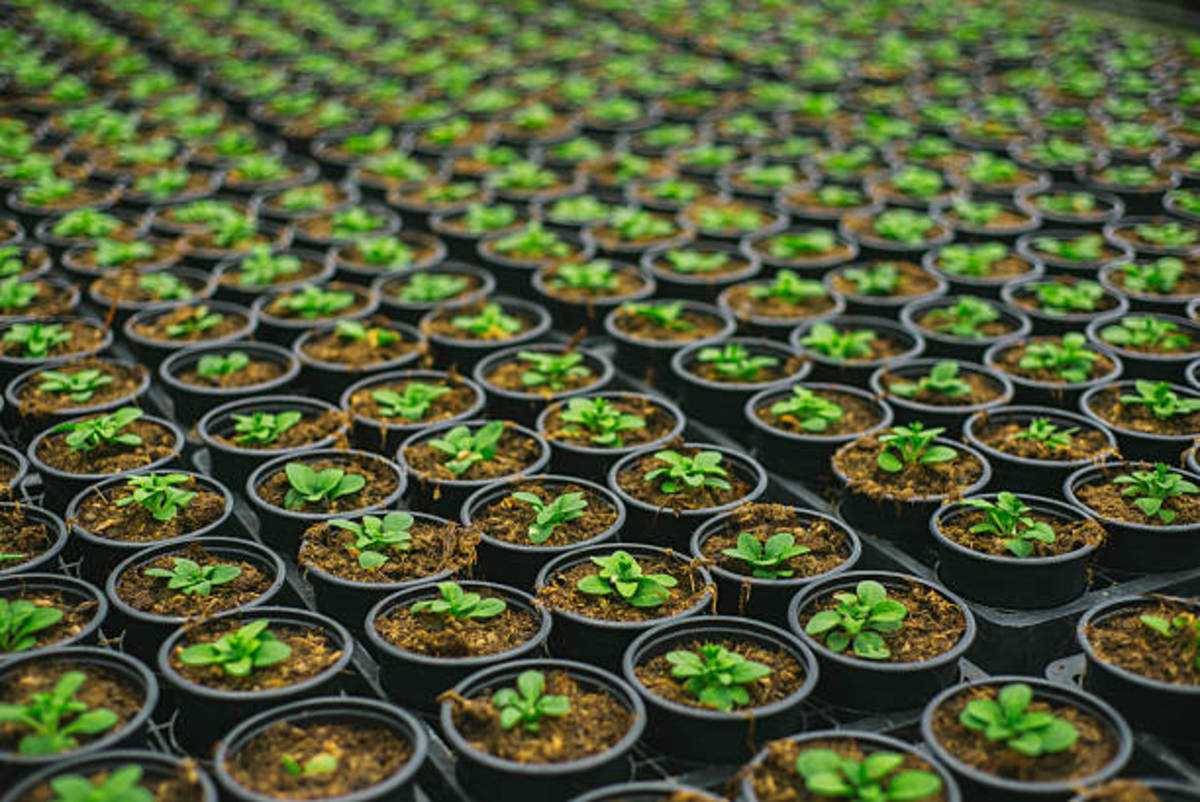
When it comes to selecting seedlings for your garden, it’s important to choose wisely. One popular option that has gained attention in recent years is velvetrees. These majestic plants are known for their lush foliage and vibrant colors, making them a great addition to any landscape. But with so many options available, how do you know which seedlings to choose? This guide will provide tips and advice on how to select the best velvetree seedlings for your garden.
1. Consider Your Climate: Velvetrees thrive in specific climates, so it’s important to choose seedlings that are suitable for your region. Research the specific requirements of the velvetree species you are interested in and ensure that your climate can support their growth. This will help ensure that your seedlings will thrive and flourish in your garden.
2. Assess the Health of the Seedlings: When selecting velvetree seedlings, it’s crucial to assess their overall health. Look for seedlings that have vibrant foliage, strong stems, and a well-developed root system. Avoid seedlings that have yellow or wilting leaves, as this could be a sign of poor health. Additionally, check for any signs of disease or insect damage, as these issues can affect the long-term health of the plant.
3. Size Matters: Consider the size of the seedlings before making your selection. Smaller seedlings may be less expensive, but they will require more time and care to establish themselves in your garden. On the other hand, larger seedlings may have a better chance of survival, but they may also be more expensive. Consider your budget and the time you are willing to invest in the seedlings when making your decision.
“Choosing the right velvetree seedlings can be a daunting task, but with careful consideration and knowledge, you can ensure that your garden is filled with beautiful and healthy plants.”
4. Ask for Expert Advice: If you’re unsure which velvetree seedlings to choose, don’t hesitate to ask for expert advice. Visit local nurseries or garden centers and consult with professionals who have experience in cultivating velvetrees. They can provide valuable insights and recommendations based on your specific needs and preferences.
5. Read Customer Reviews: Before making a final decision, take the time to read customer reviews and testimonials. This will give you an idea of other gardeners’ experiences with the specific velvetree seedlings you are considering. Look for positive feedback regarding the plant’s health, growth, and overall appearance. Conversely, pay attention to any negative reviews that may indicate potential issues to watch out for.
In conclusion, selecting velvetree seedlings for your garden requires careful consideration and research. By considering your climate, assessing the health of the seedlings, and taking size and expert advice into account, you can ensure that you choose the best seedlings for your garden. With proper care and cultivation, your velvetrees will become a stunning and vibrant addition to your landscape.
Understanding Seedlings for Nappies
What are Seedlings?
Seedlings are young plants that are grown from seeds. They are usually small and delicate, and they require special care and attention. When it comes to growing seedlings in nappies, it is important to understand their characteristics and needs in order to choose the right ones for your garden.
Characteristics of Seedlings
Seedlings vary in size, shape, and color depending on the plant species. However, there are some common characteristics that can help you identify and choose the right seedlings for nappies:
- Healthy Leaves: Look for seedlings with vibrant and green leaves. Avoid seedlings with yellow or brown leaves, as they may indicate a lack of nutrients or a disease.
- Strong Stem: Choose seedlings with sturdy stems that can support the weight of the plant. A weak or thin stem may indicate poor growth or weak roots.
- Well-Developed Roots: Check the roots of the seedling to ensure they are firm and well-developed. Avoid seedlings with root-bound or damaged roots.
- No Pests or Diseases: Examine the seedling for any signs of pests or diseases. Avoid seedlings with damaged or distorted leaves, holes, or pests crawling on them.
Types of Seedlings
There are different types of seedlings that you can choose to grow in nappies, depending on your garden’s requirements and your personal preferences:
- Flowering Seedlings: These seedlings produce beautiful flowers and are perfect for adding color and fragrance to your garden.
- Fruit and Vegetable Seedlings: If you want to grow your own food, you can choose seedlings of fruits and vegetables like tomatoes, peppers, lettuce, and squash.
- Herb Seedlings: Herb seedlings are great for adding flavor to your meals and can be grown in nappies both indoors and outdoors.
- Native Seedlings: Growing native seedlings can help promote biodiversity and attract local wildlife to your garden.
Choosing the Right Seedlings
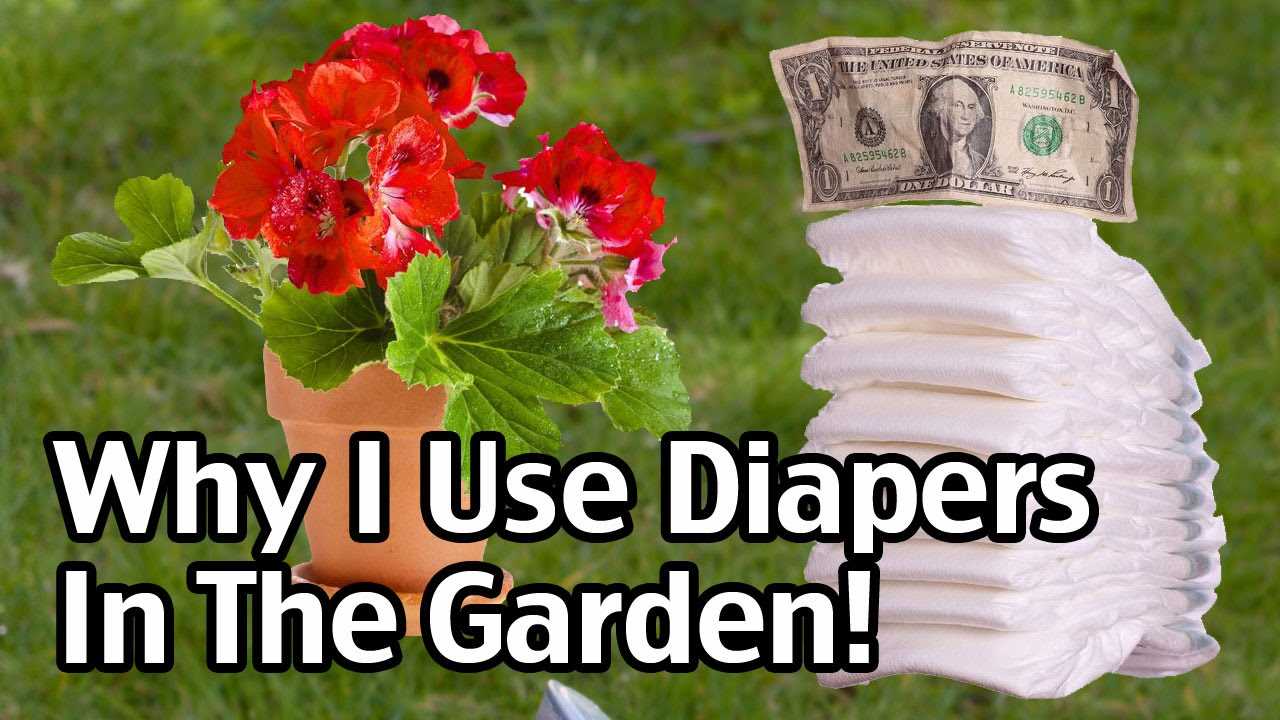
When choosing seedlings for nappies, consider the following factors:
- Climate: Select seedlings that are suitable for your local climate and growing conditions.
- Space: Consider the available space in your nappies and choose seedlings that will fit and thrive in that environment.
- Watering Needs: Different seedlings have different watering requirements. Choose seedlings that match your watering capabilities.
- Maintenance: Some seedlings require more care and maintenance than others. Choose seedlings that align with your gardening skills and time commitment.
| Seedling Type | Characteristics | Recommended Growing Conditions |
|---|---|---|
| Flowering Seedlings | Vibrant flowers, variety of colors and fragrances | Well-draining soil, full sunlight |
| Fruit and Vegetable Seedlings | Edible produce, variety of flavors and textures | Rich soil, adequate sunlight and water |
| Herb Seedlings | Fragrant leaves, variety of flavors | Well-draining soil, partial sunlight |
| Native Seedlings | Promote biodiversity, attract wildlife | Adapted to local climate and soil conditions |
By understanding the characteristics and types of seedlings, as well as considering your garden’s requirements, you can choose the right seedlings for nappies and ensure successful growth and development of your plants.
Selecting the Right Seedlings
When choosing seedlings for your velvetrees, it is important to consider several factors to ensure their health and growth. Here are some important considerations:
Species
First, consider the species of velvetree that you want to grow. There are various types available, each with its own unique characteristics. Research and choose a species that is suitable for your climate and growing conditions.
Age
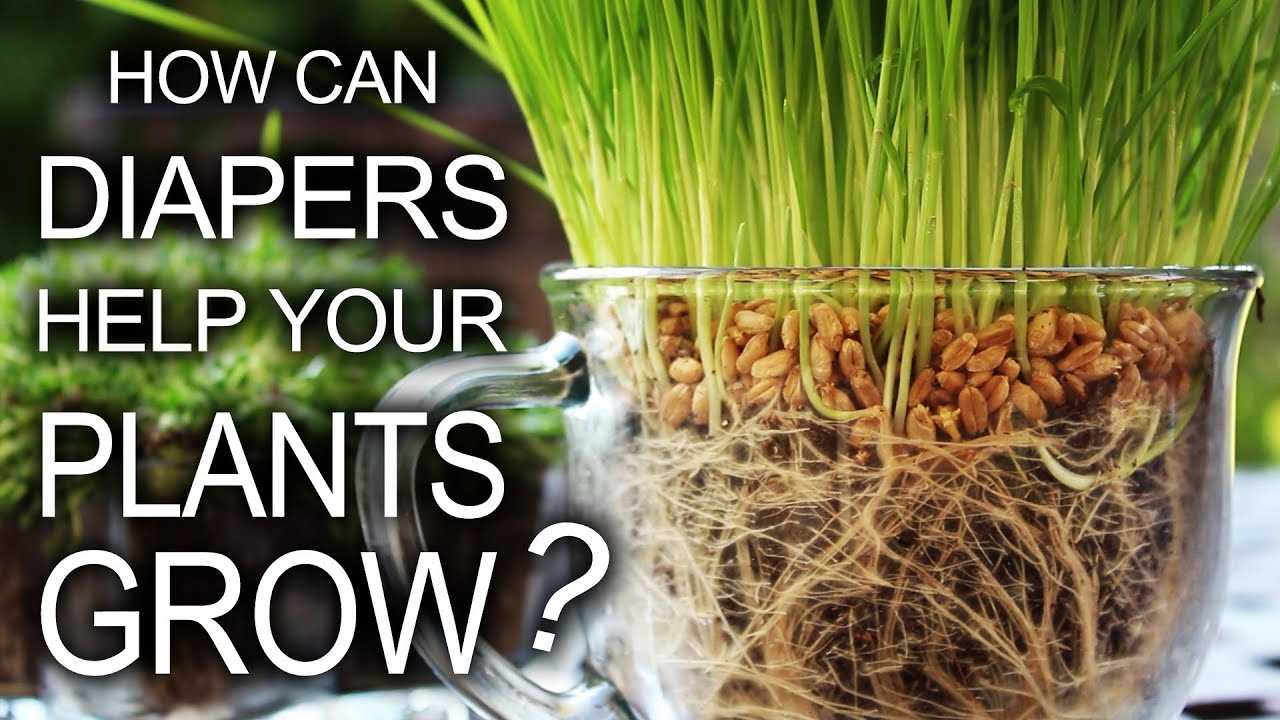
The age of the seedlings is also crucial. Younger seedlings are more delicate and require more care, while older seedlings may have a stronger root system and be more resilient. Decide if you have the expertise and time to care for younger seedlings or if you prefer older, more established ones.
Health
Check the overall health of the seedlings before making a purchase. Look for signs of disease, such as discoloration, spots, or wilting leaves. Choose seedlings that have healthy and vigorous foliage, as well as strong roots.
Roots
The root system of seedlings is vital for their successful growth. Inspect the root system of the seedlings and ensure that they are well-developed and intact. Avoid seedlings with damaged or weak roots, as they may struggle to establish themselves in the soil.
Container
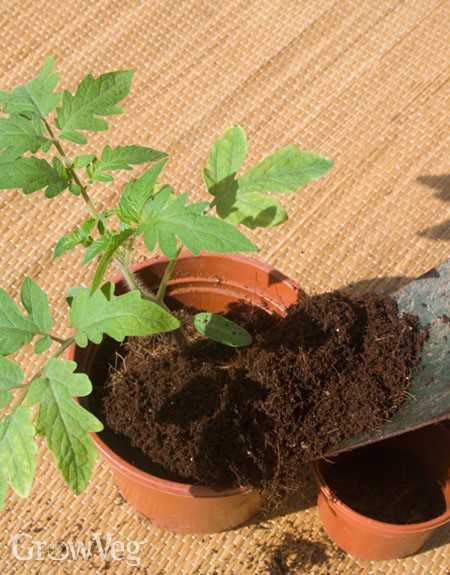
Consider the type of container in which the seedlings are grown. The container should be clean, sturdy, and provide adequate drainage. Avoid seedlings that have been overcrowded in their container, as this can lead to stunted growth.
Source
Lastly, choose your seedlings from a reputable source. Purchase from a trusted nursery or supplier that offers high-quality seedlings. This ensures that you are starting with healthy and well-cared-for plants, increasing the chances of successful growth.
Evaluating Seedling Quality

When choosing seedlings in nurseries, it is important to evaluate their quality to ensure the best chances of success when transplanting them into your garden. Here are some factors to consider when evaluating seedling quality:
1. Size
Look for seedlings that are of a size appropriate for their age. They should have a well-developed root system and several leaves. Avoid seedlings that are stunted or too small, as they may have trouble surviving once transplanted.
2. Stem Strength
Check the strength of the seedling’s stem by gently pressing on it. A strong and sturdy stem is a sign of a healthy plant. Avoid seedlings with weak or floppy stems, as they may not be able to support themselves once planted.
3. Leaf Color
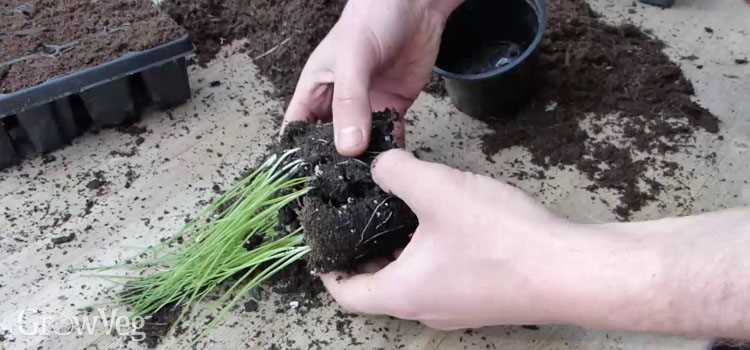
Examine the color of the seedling’s leaves. They should be a vibrant green, indicating that the plant is receiving enough sunlight and nutrients. Avoid seedlings with pale or yellow leaves, as this may indicate a nutrient deficiency or other underlying issue.
4. Pest and Disease Resistance
Inspect the seedling for any signs of pests or diseases. Look for visible insects, spots, discoloration, or wilting. Choose seedlings that appear healthy and free from any signs of pest or disease damage.
5. Root System
Take a look at the seedling’s root system. It should be well-developed and spread out evenly in the pot. Avoid seedlings with roots that are cramped or circling around the edges of the pot, as this may indicate root-bound plants.
6. Overall Condition
Assess the overall condition of the seedling. It should look healthy and vigorous, with no signs of stress or damage. Avoid seedlings with wilted, brown, or damaged leaves, as this may indicate poor handling or improper care.
7. Nursery Reputation
Consider the reputation of the nursery where you are purchasing the seedlings. Research their track record and customer reviews to ensure their plants are of high quality. A reputable nursery will typically have healthier and better-cared-for seedlings.
By evaluating these factors when choosing seedlings in nurseries, you can increase the chances of success in growing healthy and thriving plants in your garden.
Factors to Consider in Seedling Selection
1. Variety
One of the most important factors to consider when choosing seedlings is the variety. Different varieties of velvetrees have varying characteristics, such as growth habits, leaf shape, and flower color. Consider the specific traits you are looking for in a velvetree and choose a variety that best matches your preferences.
2. Root Health
The health of the seedling’s roots is crucial for its successful growth and establishment. Inspect the roots of the seedlings before making a selection. Look for healthy, well-developed roots that are evenly distributed throughout the container. Avoid seedlings with damaged or rotting roots.
3. Leaf Condition
Examine the leaves of the seedlings to assess their condition. Look for seedlings with vibrant, green leaves that are free from pests, diseases, or signs of stress. Avoid seedlings with yellowing or wilting leaves, as this may indicate poor health or nutrient deficiencies.
4. Size and Vigor
Consider the size and vigor of the seedlings. Choose seedlings that have a good size-to-pot ratio, with a well-developed stem and multiple branches. Avoid seedlings that are too small or weak-looking, as they may struggle to establish themselves in their new environment.
5. Supplier Reputation
When purchasing seedlings, it is important to consider the reputation of the supplier. Look for reputable suppliers with a track record of providing high-quality seedlings. Reading customer reviews or asking for recommendations can help you assess the reliability and quality of the supplier.
6. Environmental Adaptability
Velvetrees have specific environmental requirements for optimal growth. Consider the climate and soil conditions in your area and choose seedlings that are known to be adaptable to these conditions. Opting for locally sourced seedlings or consulting with local gardening experts can help ensure that the seedlings will thrive in your specific environment.
7. Price
Price is another factor to consider when selecting seedlings. Compare prices from different suppliers and choose seedlings that offer good value for your money. Keep in mind that cheaper seedlings may not always be of the best quality, so balance price considerations with the overall health and suitability of the seedlings.
8. Packaging and Transportation
Finally, consider the packaging and transportation of the seedlings. Choose seedlings that are packaged securely to prevent damage during transit. If you are buying seedlings online, check the shipping and delivery options to ensure that they will arrive in good condition and within a reasonable timeframe.
Tips for Buying Seedlings
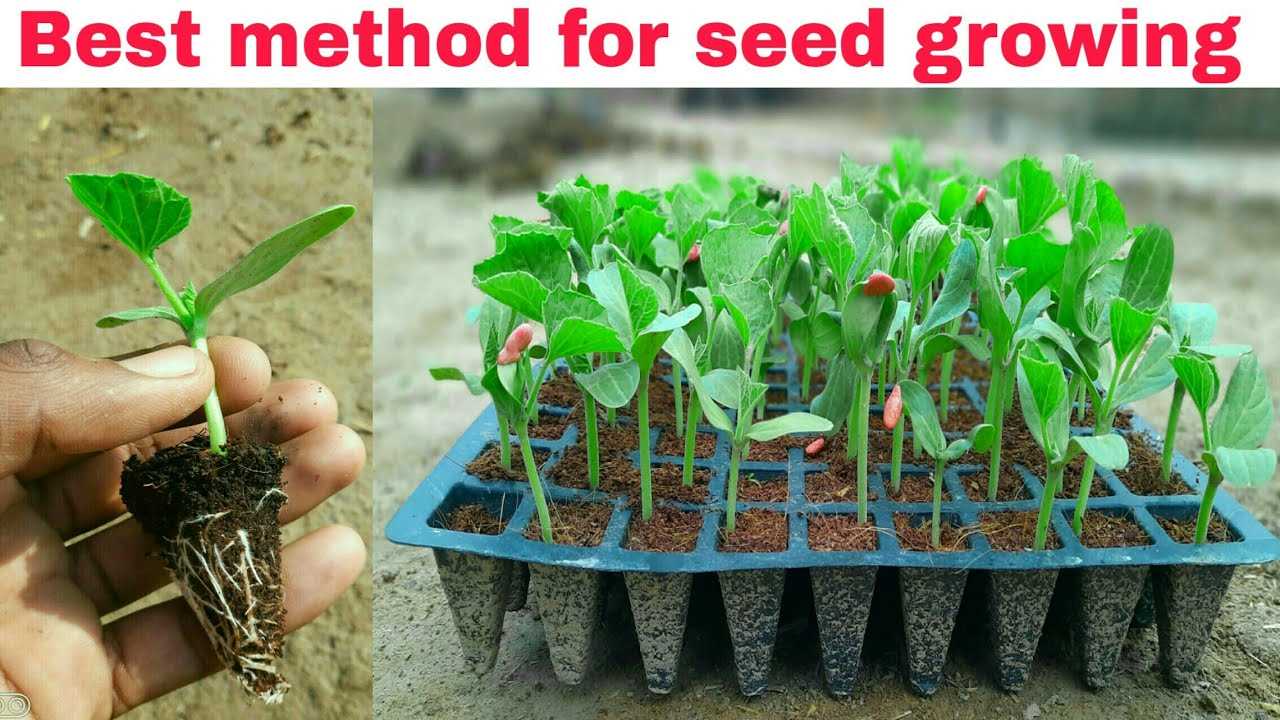
1. Determine your needs: Before purchasing seedlings, it is important to assess your needs. Consider factors such as the type of plant you want to grow, the conditions it requires, and the space you have available for planting.
2. Consider the source: It is advisable to buy seedlings from reputable nurseries or garden centers. This ensures that you are getting healthy and disease-free plants. Avoid purchasing from street vendors or unknown sources.
3. Check for signs of health: Inspect the foliage of the seedlings for any signs of discoloration, pests, or diseases. Choose seedlings with green, vibrant leaves and sturdy stems. Avoid plants with yellow or wilted foliage.
4. Examine the roots: Gently remove the seedling from its container and check the roots. Healthy roots should be white or light in color and well-developed. Avoid seedlings with brown or damaged roots.
5. Check the height and size: Choose seedlings that are of the appropriate size for transplanting. Avoid seedlings that are too tall or too spindly, as they may have weak stems and struggle to establish in the ground.
6. Consider the season: Take into account the time of year and the specific requirements of the plant you are buying. Some plants thrive in certain seasons, while others may be more suitable for indoor cultivation.
7. Ask for advice: If you are unsure about which seedlings to buy, don’t hesitate to ask for advice from the nursery staff. They can provide valuable insights and recommendations based on your specific needs and conditions.
8. Read labels: Pay attention to any labels or tags attached to the seedlings. They may provide important information about the plant’s care requirements, such as sun exposure, watering needs, and soil preferences.
9. Purchase extras: To ensure a higher chance of success, consider buying a few extra seedlings. This will serve as a backup in case some of the plants do not survive or thrive after transplanting.
10. Take your time: Lastly, take your time when choosing seedlings. Don’t rush the process and make impulsive decisions. Carefully evaluate each plant and compare them before making your final selection.
Caring for Seedlings in Nappies
Once you have chosen the right seedlings in nappies for your velvetrees, it is crucial to care for them properly to ensure their healthy growth and development. Here are some essential tips for caring for your seedlings:
1. Watering
Water is essential for the growth of seedlings. Regular and consistent watering is important, especially during the initial stages. However, avoid overwatering as it can lead to root rot. Ensure that the nappies are moist but not soaking wet.
2. Fertilizing
Provide proper nutrition to your seedlings by using a balanced fertilizer. Follow the fertilizing instructions provided on the package. Be cautious not to apply too much fertilizer as it can harm the seedlings. It is advisable to use a slow-release fertilizer to avoid the risk of burning the delicate roots.
3. Sunlight
Velvetrees require a good amount of sunlight for optimal growth. Place the seedlings in a location where they can receive indirect sunlight for at least 6-8 hours a day. If you notice that the seedlings are not getting enough sunlight, consider using artificial grow lights.
4. Temperature and Humidity
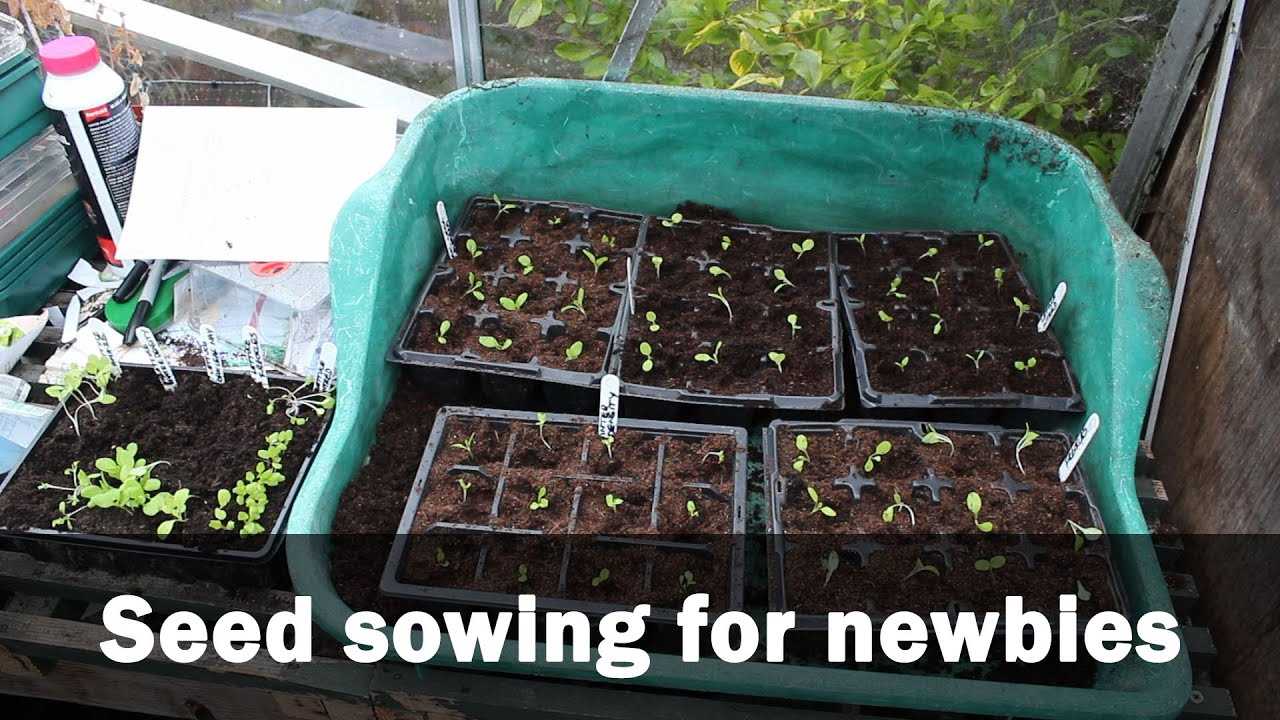
Maintain a suitable temperature and humidity level for your seedlings. Velvetrees prefer warm temperatures, ideally between 65°F to 75°F (18°C to 24°C). Avoid exposing the seedlings to extreme fluctuations in temperature. Additionally, ensure that the humidity level is around 50-60%.
5. Pest Control
Keep an eye out for any signs of pests or diseases on your seedlings. Common pests that can affect velvetrees include aphids, mealybugs, and spider mites. If you notice any signs of infestation, use appropriate organic or chemical pesticides to control the pests.
6. Transplanting
As the seedlings grow, they will eventually outgrow their nappies. It is important to know when to transplant them into larger containers or directly into the ground. Observe the roots and when they start to fill the nappies, it is time to transplant. Be gentle when transplanting to avoid damaging the delicate roots.
By following these care tips, you can ensure the healthy growth and development of your seedlings in nappies, ultimately leading to beautiful and thriving velvetrees in your garden.
Questions and Answers:
Can you tell me how to choose seedlings in nappies?
Choosing seedlings in nappies requires careful observation and consideration of several factors. First, check the overall health of the seedling. Look for vibrant green leaves and a sturdy stem. Avoid seedlings with yellow or droopy leaves, as this may indicate a nutrient deficiency or poor growing conditions. Next, examine the roots. The roots should be well-developed and evenly spread throughout the nappy. Avoid seedlings with roots that are root-bound or appear weak and sparse. Finally, consider the size of the seedling. Choose seedlings that are relatively small and compact, as they will have an easier time adapting to transplanting. Avoid overly large or leggy seedlings that may struggle to establish themselves in the garden.
What are the signs of a healthy seedling in a nappy?
A healthy seedling in a nappy will have vibrant green leaves and a sturdy stem. The leaves should be evenly spaced and not drooping or yellowing. The roots of a healthy seedling will be well-developed and evenly spread throughout the nappy. There should be no signs of root binding or weak, sparse roots. Additionally, a healthy seedling will have a relatively small and compact size, indicating that it is still in the early stages of growth and will have an easier time adapting to transplanting.
Why is it important to choose seedlings with well-developed roots?
Choosing seedlings with well-developed roots is important because the roots are the foundation of a plant’s growth and development. Healthy and well-developed roots can better absorb water and nutrients from the soil, which is essential for the overall health and vigor of the plant. Seedlings with weak or underdeveloped roots may struggle to establish themselves when transplanted, resulting in stunted growth or even death. By selecting seedlings with well-developed roots, you are ensuring the best chance for successful growth and productivity in your garden.
What should I do if the seedling has root-bound roots?
If a seedling has root-bound roots, it means that the roots have grown in a circular pattern and may be tightly packed within the nappy. To resolve this issue, gently tease the roots apart using your fingers or a small tool, being careful not to damage the delicate roots. This will help to encourage the roots to grow outwards and establish themselves in the soil once transplanted. If the roots are severely root-bound, you may need to trim or prune them slightly to promote healthy and outward growth.
Why is it better to choose smaller seedlings?
Choosing smaller seedlings is better because they have a higher chance of successfully establishing themselves in the garden. Smaller seedlings have a smaller root system, which makes it easier for them to adapt to the new soil conditions when transplanted. They also tend to have less shock and stress from transplanting compared to larger seedlings. Smaller seedlings are also more manageable and require less space, making them suitable for backyard gardens or container gardening. Overall, choosing smaller seedlings increases the likelihood of successful growth and a healthy plant.
Can I choose seedlings that are large and leggy?
It is not recommended to choose seedlings that are large and leggy. Large and leggy seedlings often have weak stems and may struggle to support themselves when transplanted. Their elongated form is a result of insufficient light, causing the seedling to stretch in search of sunlight. These seedlings may have a higher risk of bending, breaking, or falling over once planted in the garden. Additionally, larger seedlings may have a more extensive root system, which can make transplanting more difficult and increase the risk of transplant shock. It is best to choose seedlings that are relatively small and compact for better success in the garden.







